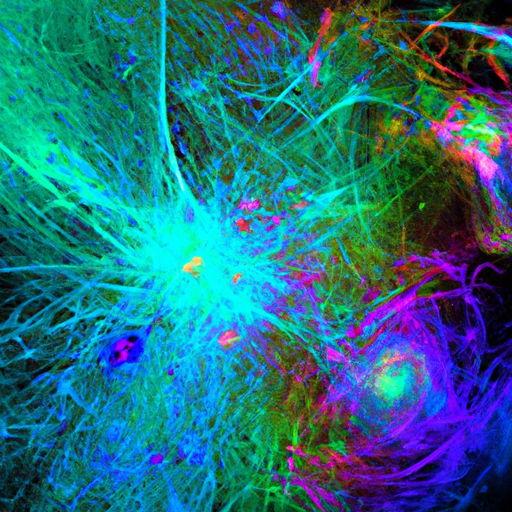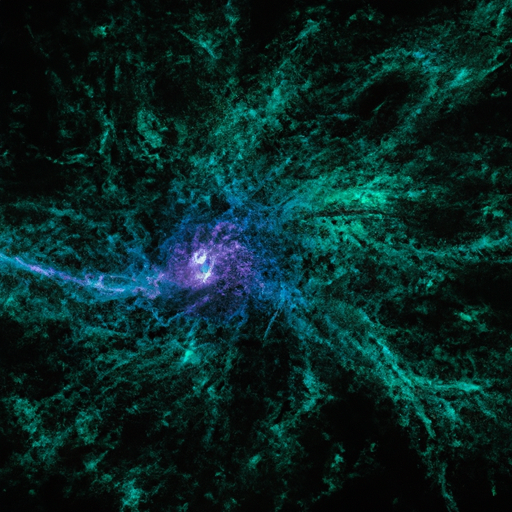The Higgs Boson: Unraveling the Mysteries of the Universe through Particle Physics

The Higgs Boson: Unraveling the Mysteries of the Universe through Particle Physics
In 2012, scientists at the European Organization for Nuclear Research (CERN) made one of the most significant scientific discoveries of the century – the elusive Higgs boson. This tiny particle, often referred to as the "God particle," holds the key to understanding the fundamental nature of our universe. The discovery of the Higgs Boson is considered a monumental achievement in the field of particle physics, as it provides crucial insights into the origins of mass and the forces that govern the universe.
To comprehend the significance of the Higgs boson, we must first delve into the realm of particle physics. At its core, particle physics studies the behavior and interactions of subatomic particles, which are the building blocks of matter. It seeks to understand the fundamental forces and particles that shape our universe.

Before the discovery of the Higgs boson, scientists proposed a theory known as the Standard Model, which described all known subatomic particles and their interactions with great accuracy. However, it left a crucial question unanswered: why do particles have mass?
Enter the Higgs boson. According to the Higgs field theory, which was discovered simultaneously with the Higgs boson, particles gain mass by interacting with an invisible field present throughout the universe – the Higgs field. The Higgs boson is the particle associated with this field. Essentially, it acts as the glue that allows particles to acquire mass.
To comprehend this concept further, imagine a crowded room filled with individuals moving freely. As these individuals pass through the room, they interact with an invisible field, which slows them down and gives them mass. Without this interaction, they would move at the speed of light and have no mass. Similarly, particles interact with the Higgs field, which imparts mass to them.
The discovery of the Higgs boson confirmed the existence of the Higgs field, providing answers to long-standing questions about the origins of mass in the universe. It also validated the Standard Model and its predictions, solidifying our understanding of particle physics.

Moreover, the Higgs boson's discovery enables us to investigate the nature of the universe shortly after the Big Bang. From the immense energy generated during this event, particles were created and interacted with the Higgs field, acquiring their specific masses. By studying the properties and behavior of the Higgs boson, scientists can gain insights into the early universe and even explore phenomena such as dark matter and dark energy, which are still shrouded in mystery.
However, the discovery of the Higgs boson opens new doors and raises several intriguing questions that continue to captivate scientists worldwide. For instance, how does the Higgs boson acquire its own mass? What other mysteries lie beyond the reach of our current technology? What new particles or phenomena await discovery?
To address these inquiries, scientists are already pushing the boundaries of particle physics. Experiments at CERN's Large Hadron Collider (LHC) are designed to probe the fundamental structure of matter, search for new particles, and explore phenomena that could revolutionize our understanding of the universe.
The hunt for unknown particles and phenomena remains a central focus of ongoing research in the field of particle physics. By unraveling the mysteries of the universe through the study of subatomic particles, we inch closer to unlocking the secrets of our existence and gaining a deeper understanding of the cosmos.
In conclusion, the discovery of the Higgs boson has revolutionized our understanding of the universe and confirmed the validity of the Standard Model of particle physics. It has shed light on the origins of mass and opened new avenues of research in the field. With further exploration and technological advancements, the field of particle physics may soon uncover even more profound secrets and expand our understanding of the mysteries that lie within the fabric of the universe.






